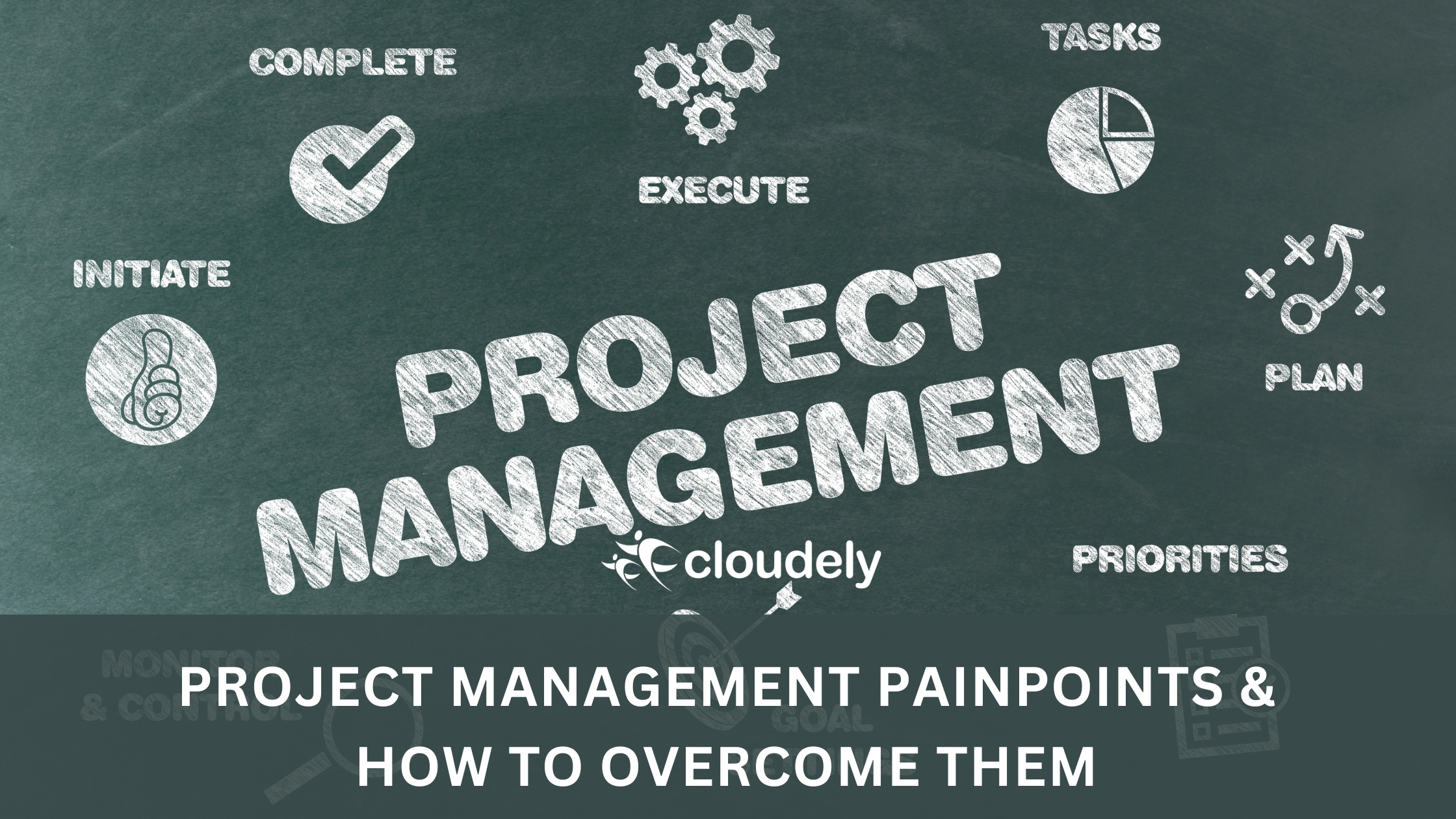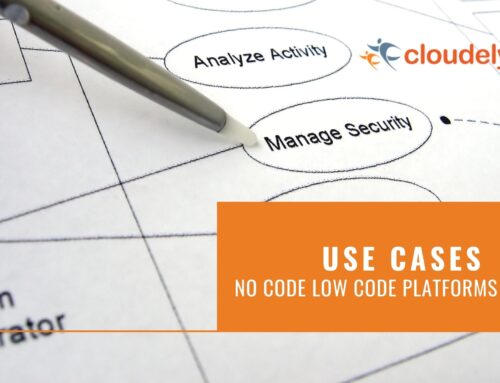Project management is a complex task that requires managing numerous tasks simultaneously. Even experienced project managers need help in effectively coordinating project activities and resources. Have you ever wondered what common issues project managers encounter? This article explores ten frequently occurring project management pain points and practical solutions to overcome them. Keep reading to learn how to smooth out your project management processes.
Table of Contents
Handling Project Management Pain Points
Some of the most common project management challenges and ways to overcome them are:
Unclear Objectives and Expectations
One of the most significant and frequent project management pain points is entering a project without clear objectives and expectations defined upfront. This leads to scope creep as the project progresses.
To overcome this:
- Take time at the planning stage to thoroughly discuss and document the project goals, key deliverables, success metrics and timelines in writing with all stakeholders.
- Getting alignment on these at the outset is vital to streamlining project execution.
Unrealistic Deadlines
Setting unreasonable deadlines without factoring in all tasks and risks is a recipe for project failure. To avoid unrealistic deadlines:
- Involve subject matter experts while estimating tasks and buffer in contingency time.
- List all assumptions and dependencies openly. Conduct schedule risk analysis periodically to catch delays early.
- Stakeholder expectations should also align with the risks and complexity involved.
Insufficient Resource Planning
Any project requires allocating appropriate resources like people, equipment or materials. Major project management pain points arise due to poor allocation of resources properly or inability to handle conflicts.
- Develop a resource management plan listing all resources required vs available—track resource utilization through timesheets.
- Engage backups to avoid single points of failure.
- Flag resource issues proactively rather than as blockers.
Lack of Buy-in and Support from Stakeholders
Stakeholder buy-in and executive support are critical for timely project approvals, resolving issues smoothly and driving change adoption post-implementation. Some strategies to manage this pain point include:
- Identifying all stakeholders and their needs from the beginning.
- Communicating status dashboards transparently helps maintain stakeholder interest.
- Involving them from the planning to execution stages gives them project ownership.
Technology and Tool Integration Problems
Deploying new technology elements or integration with other tools usually poses integration challenges. Some ways to mitigate tool integration issues are:
- Mapping tool requirements in detail during planning,
- Having sandbox environments to test integrations thoroughly,
- Assigning expert resources and vendors for integrations,
- Scheduling buffer time for testing and fixing issues, and
- Keeping stakeholders updated about risks and dependencies on integrations.
Budgeting and Cost Overruns
Planning a realistic budget requires careful estimation of all project costs. However, small line items or failing to account for unexpected expenses/inflation can cause budget gaps. Some cost control measures are:
- Splitting the budget into phases,
- conducting periodic spend analysis,
- reallocating slack budgets,
- capping % contingency spend, and
- tracking variances diligently vis-à-vis value added.
Suggested Reading: Project Management Guide for Beginners
Resistance to Change
Change management is a significant yet often overlooked aspect of projects, as people resist change by nature.
- Get leadership support, understand change impacts and readiness of teams. Communicate benefits transparently through effective channels.
- Conduct training, highlight success stories from early adopters, and recognize supporters’ efforts to gain acceptance slowly.
- Continued communication and feedback help address doubts.
Inadequate Risk Management
All projects involve risk, requiring careful evaluation, mitigation planning and periodic monitoring success.
- Good risk management calls for risk identification workshops, developing mitigation strategies for top threats and establishing risk thresholds for decision-making.
- An oversight escalation plan also helps contain fallouts.
- Tracking tools provide visibility to avoid issues through proactive preemptive action.
Lack of PM Skills and Methodology
Good project management requires the proper methodology, organizational support and PM skills to coordinate complex projects efficiently. Some ways to address skills gaps are:
- Undergoing PM certification courses, learning from seasoned PMs, establishing PM best practices, and
- Following an agile or waterfall methodology based on the nature of the project.
- Regular team training also helps skill up resources according to assignments.
Personnel Issues
Team member turnover, incompetence, disagreements, and low engagement represent very real personnel risks in projects. While some are beyond managers’ control, they can still mitigate negative impacts.
- Careful staff selection based on merits, transparent communication of expectations, involvement through team building exercises, and recognition help attract and retain top performers.
- A healthy team dynamic makes or breaks any project.
The Path Forward
Project management is both a science and an art, requiring multi-dimensional skills in coordinating teams, mitigating risks, driving change adoption and achieving stakeholder satisfaction and deliverables. While project management challenges will arise, the right toolset, mindset and tactical response help prevent project meltdowns.
Adopting modern approaches through digitalization and innovation also improves future delivery and capabilities. Ultimately, overcoming the challenges experienced by PMs daily reinforces their proficiency in setting new benchmarks through agility, care, communication, and learning from each project undertaken.
Cloudely is the maker of the no-code low-code project management platform K-PMS. To learn how K-PMS simplifies your project management, write to us at hello@cloudely.com.




